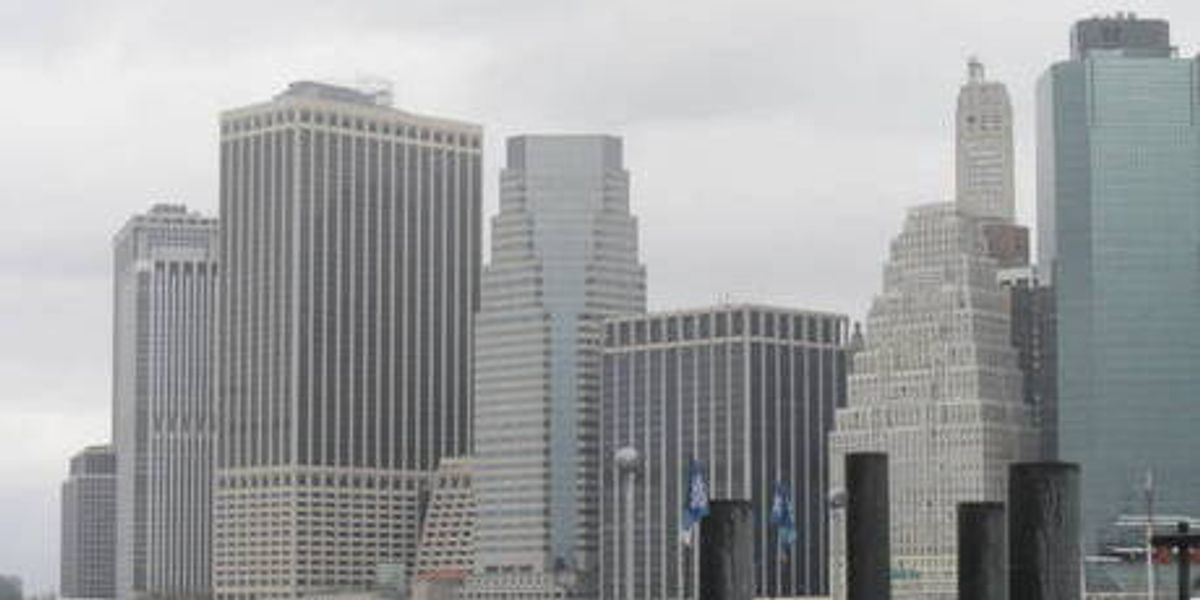Since the hurricane and “nor’easter” that devastated the New Jersey and New York coasts two weeks ago, leaving millions without heat, gasoline and electricity, there has been a lot of loose talk about how a smarter grid might moderate the effects of such catastrophes in the future.
The smart grid will indeed have a role to play—especially in speeding recovery. As Massoud Amin of the University of Minnesota recently put it, “a more resilient, secure and smarter infrastructure…would localize impacts and enable a speedier restoration of the services.”
However, what we need even more urgently than a more agile and interactive grid incorporating advanced computing and communications in all dimensions is a grid that’s basically old-fashioned, stupid and really, really tough.
What was made clear by the “Frankenstorm,” the second costliest such event in U.S. history, after Katrina, is that as the world warms, waters rise, and turbulent storms become more violent and unpredictable, grids will have to be physically hardened. This will be an immensely complicated and expensive undertaking, considering that such an undertaking must include the grid’s natural extensions: electrified railways, subways, and light rail,
Last week, New York State governor Andrew Cuomo said that $3.5 billion would be needed to repair the state’s bridges, tunnels, and subway and commuter rail lines; $1.65 billion would go to rebuilding homes and apartment buildings; $1 billion would be spent to reimburse local governments for payment of emergency personnel; and several billion dollars would be allocated for loans and grants for affected businesses. Those expenses alone, estimated the New York Times, might “exceed the roughly $12 billion in FEMA disaster aid currently available in Washington.” But in addition to that, Cuomo is reported to be “looking at a proposal to replace the region’s power grid with a so-called smart grid that would improve the ability of utility companies to pinpoint areas with power failures and respond to them. That propos[ed upgrade] could cost at least $30 billion over 10 years, according to senior aides to the governor.”
Furthermore, Cuomo has, under the rarely used authority of a 100-year-old statute, set up an independent commission to review the way local utilities and electricity regulators prepared for and responded to the emergency. (Last year, the mere threat of using that authority enabled the governor to ram ethics reform through a recalcitrant state legislature.) Cynics suggest that the governor is merely covering his own tracks, inasmuch as the most controversial utility in New York—the Long Island Power Authority—already is a public entity and under his direct control.
However that may be, when Cuomo talks about spending $30 billion to build a smarter grid, he’s arguably talking about spending the money on the wrong thing. What the New York City area most urgently needs is a dumber, tougher grid that can withstand waters and winds That grid would comprise transformers, distribution hubs, and electrically powered building machines that are either relocated from basements, tunnels, or ground level to levels above where extreme flood waters could reach, or that are protected against high waters. Subway and tunnel entrances would be equipped with heavy waterproof doors that can be closed in emergencies. Grates and covers above subway stations and critical subterranean electrical machinery would be sealable. And brittle wooden electricity poles would be replaced with stronger steel poles, or the distribution lines they carry placed under ground, where it is cost-effective to do so.
Cost-effectiveness, by the way, needs to be re-calculated for all infrastructure elements on the basis of revised 100--year-storm estimates, which is in itself not an inexpensive undertaking. As Cuomo said repeatedly in the immediate aftermath of Frankenstorm, New York State has seen two 100-year storms in just two or three years.
A group of engineers at Georgia Tech is showing the way. As reported on CNN last week, a team led by civil engineer Reginald DesRoches and electrical engineer Miroslav M. Begovic, president-elect of the IEEE Power & Energy Society, are leading an effort called the Natural Hazards Mitigation Research Group. The emphasis of that work is to determine which system elements would be worth upgrading—and which are best left alone. Regarding brittle wooden electricity poles, Begocic told CNN, “It is important to identify which ones are the most compromised and how to direct those funds without wasting huge sums on unnecessary treatments and unnecessary replacements.”
Eying the total infrastructure costs facing the United States, in light of the risks associated with more turbulent weather, New York Times columnist Bill Keller suggested we launch a new Manhattan Project, analogous to what it took to design and build the first atomic bomb. I personally prefer the analogy of the Interstate Highway System, inaugurated by President Dwight D. Eisenhower, where an almost imperceptible Federal tax on gasoline funded the construction of the national high-speed road network. An equally imperceptible fee on carbon emissions—whether from gasoline-fueled internal combustion engines, fossil-fueled electricity generating plants or industrial facilities, would easily produce the gigantic funds to harden the nation’s grids and make them really tough.
Then we can make them smart too.



